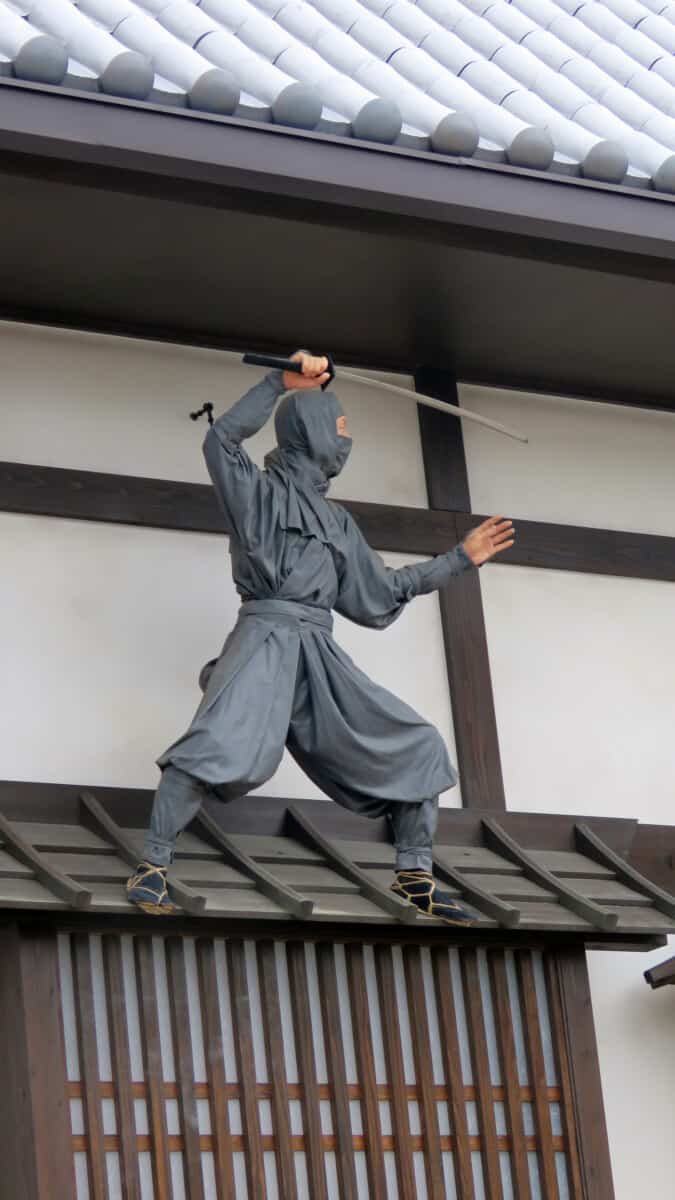The Ninjas are a very common figure the world over, being portrayed in movies, television, video games as well as cosplay costume, and also for Halloween. But the figure has a very rich history in Japan in the art of fighting.
When people think of a ninja the common image that comes to mind is often a warrior dressed in black with a face covering, of someone who knows martial arts and is stealthy.
What many people do not know, however, is that the ninja has a long and rich history in Japan.
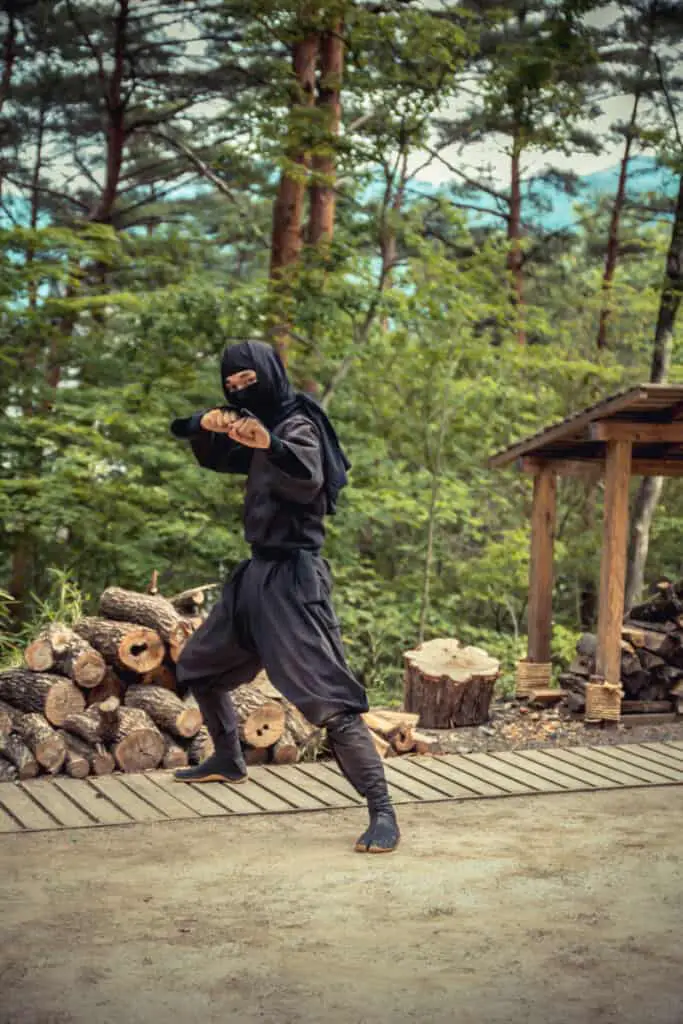
What is ninja?
Also known as “shinobi” a ninja is a type of warrior who is often contrasted to the samurai due to their principles and definitions of honor. The ninja had to be trained in several disciplines in order to afford them all of the skills needed. This means that a ninja was trained in weaponry, armed combat, military strategy, and even breathing techniques.
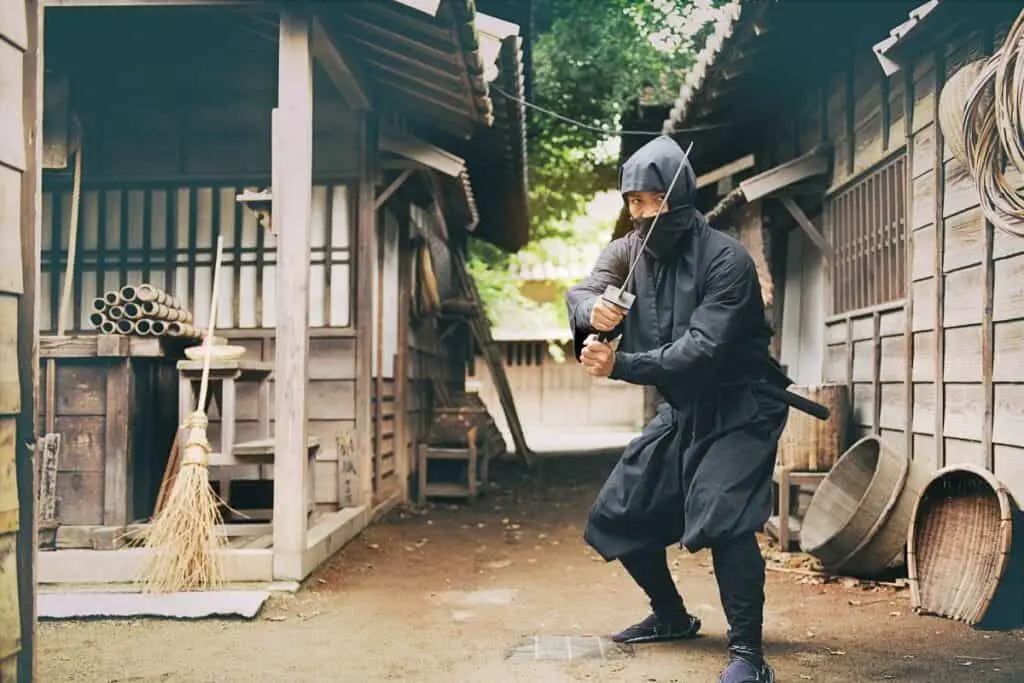
All of these skills combined results in what was known as “ninjutsu”, i.e. the art of the ninja, the skill of stealth. These techniques were not widely known or made available to learn.
A ninja had to be trained by a teacher which was typically a family member or a chosen teacher who had only a handful of students.
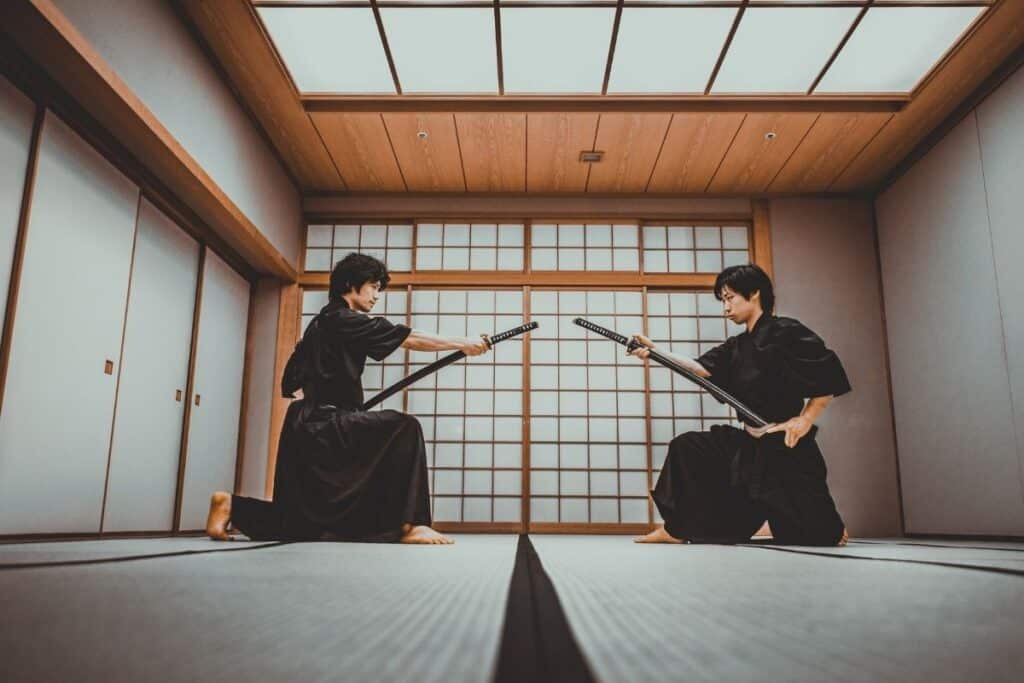
These skills meant that a ninja was able to carry out types of warfare such as sabotage, infiltration, and even assassinations. The ninja was a stealthy figure with the knowledge and training to be able to carry out surprise attacks.
The roles of the ninja
Ninjas were not only used as fighters but were also deployed for many other reasons in order to help win over landmarks, rulers, or areas. The ninja had many roles in their profession and would use them as needed in order to win, even if they were unconsidered to be unhonorable.
One such role is one of sabotage. The ninjas would help to overtake castles by using sabotage, their main form of which was arson. These acts of arson were normally a complete surprise to the enemy, helping them to win against their enemies.
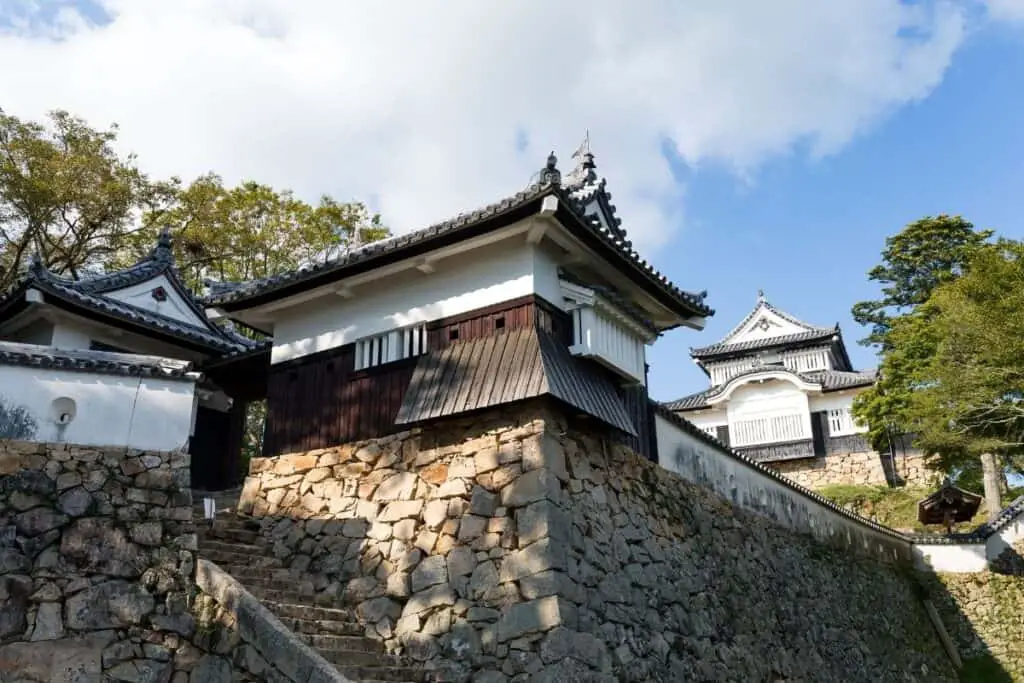
For example, using a technique known as the “ghost method”, in 1558 a group of ninjas made replicas of a lantern engraved with the family crest of their enemy. They then used these lanterns to enter the castle undetected before setting certain quarters alight.
Ninjas also had far more specific roles such as assassins. These roles were typically employed only in relation to highly-regarded figures. However, although many historical deaths have been explained by ninja attacks, they are very hard to prove due to the ghost techniques of the ninja.
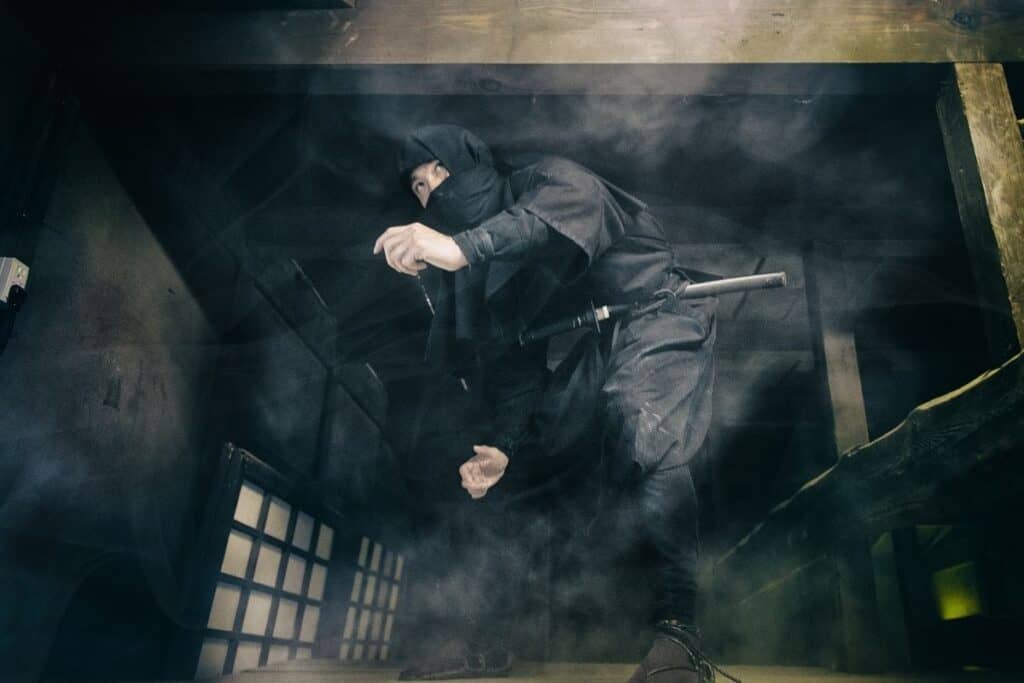
One such example is the warlord Oda Nobunga. In 1571 an assassination attempt was made on his life by a ninja from Koga. The ninja, Sugitani Zenjubo, shot two rounds at the warlord but failed to kill him. This ninja was then captured and killed four years later.
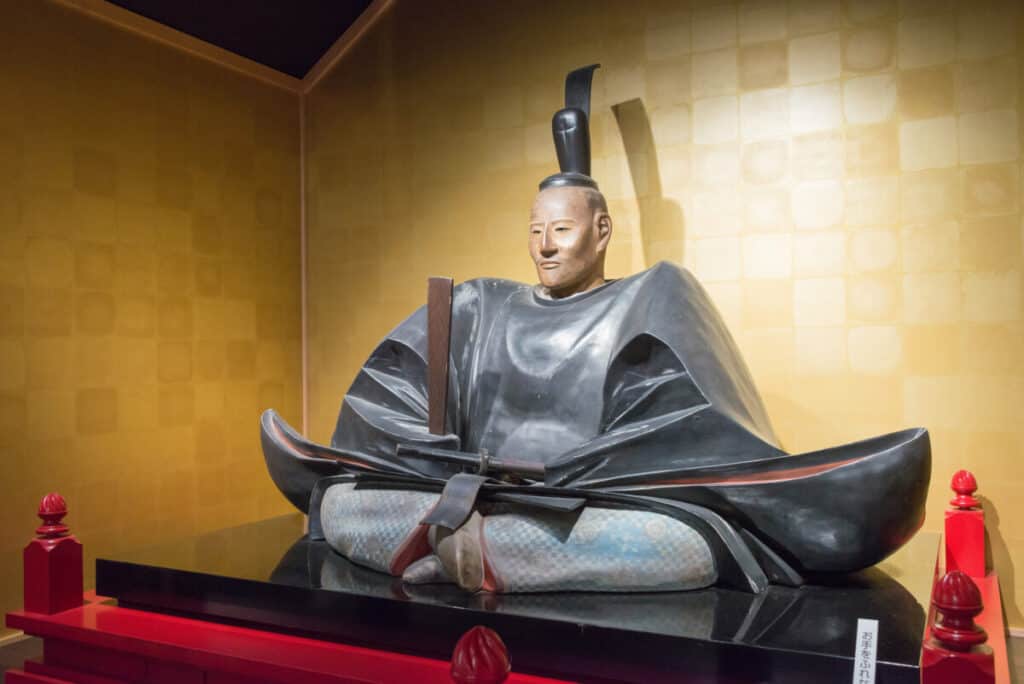
However, more successful assassinations are only rumored to have been carried out by ninjas. For example, the daimyo in Echigo province is thought to have been killed by a ninja. It is thought that a ninja killed him while he was using the lavatory although it has never been proven.
History of the ninja
Due to the secrecy of the ways and life of ninjas, there are not many known concrete facts. In fact, most of what people see in films and television series portray only the stereotype and commercialized view of the ninja, not an accurate representation of history.
However, we are able to trace the history of the ninja back to the 11th century when unconventional warfare was popularized among inhabitants of Koka and Iga.
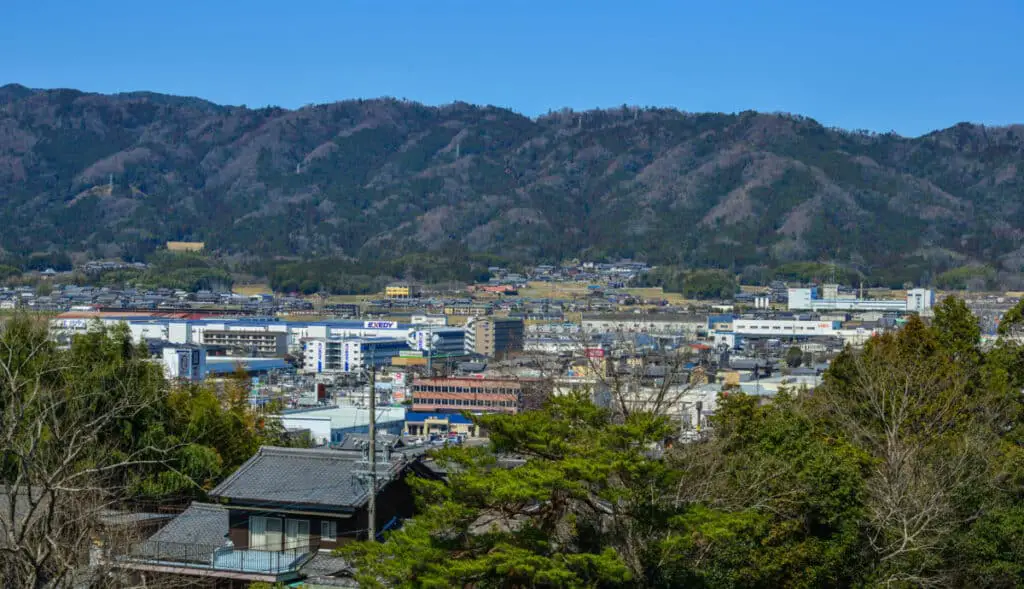
These remote locations provided skilled fighters with the perfect base from which to hide and attack. The areas were typically autonomous and governed themselves, allowing their citizens to develop their ninjutsu skills.
Through the warring age, the 15th and 16th centuries, the ninja was a popular mercenary for wars and was hired to help capture castles and other places of interest for those in power. The skills of the ninja and their unique and surprising methods of attacking made them a fantastic asset to those in power.
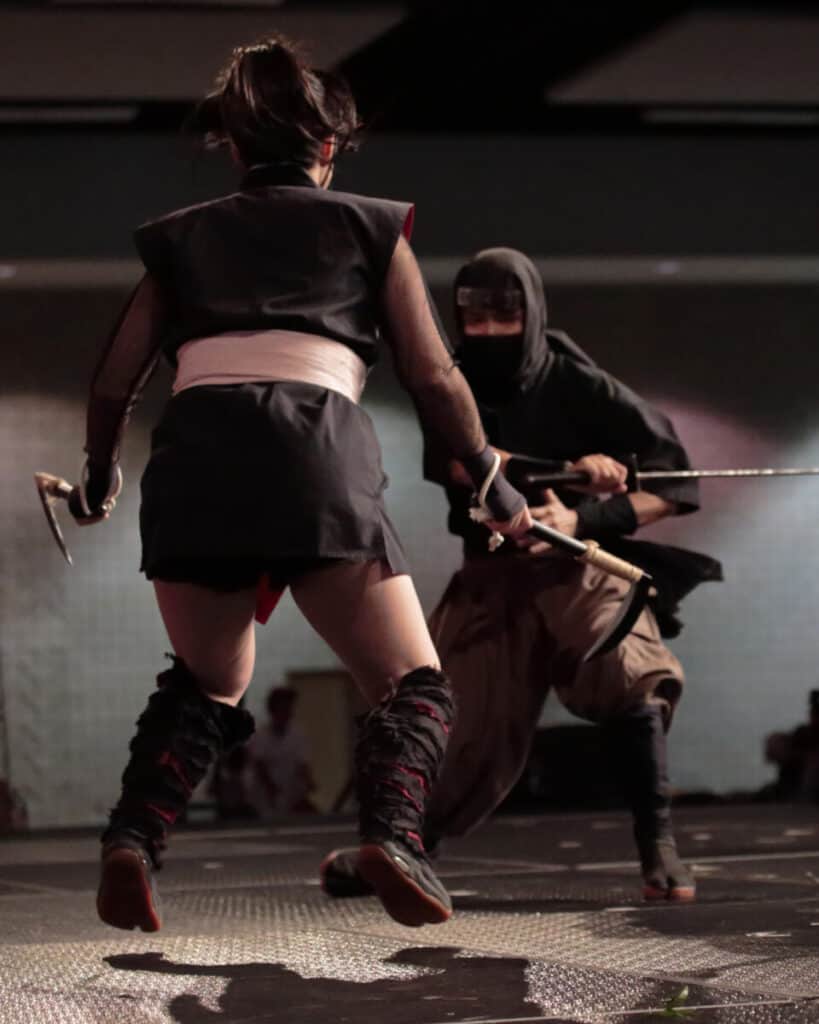
However, by the turn of the 17th-century peace was beginning to be restored and the role of the ninja changed. No longer were Ninja being used to help fight and win wars, but rather they were employed as spies by the Tokugawa Shogunate. Their main role was to spy on regional lords but also to act as guards for castles.
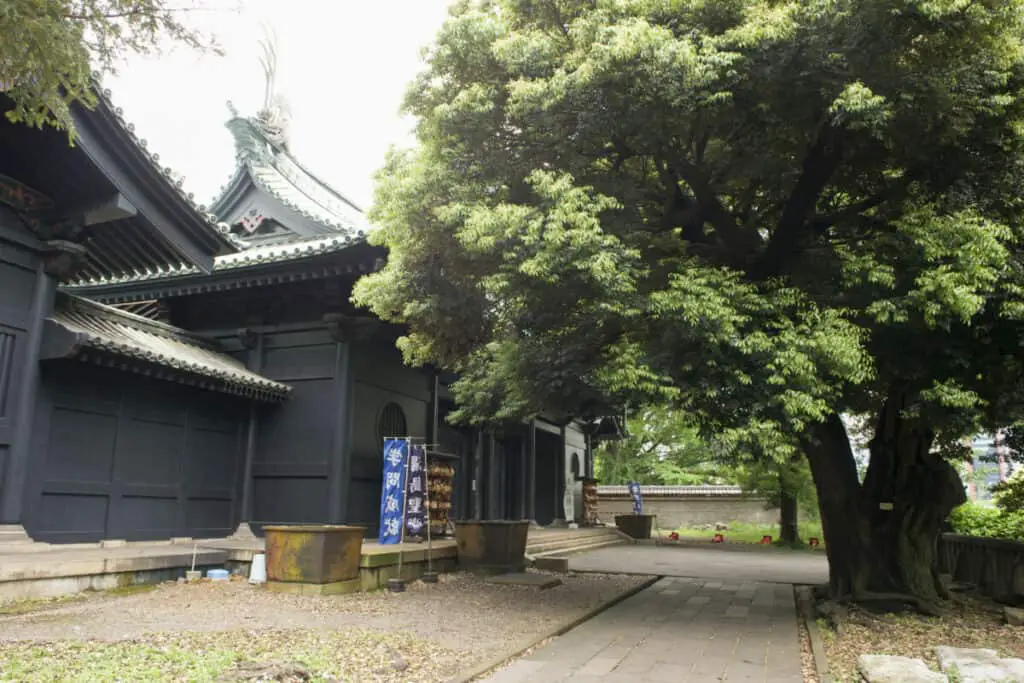
After this shift from warrior to spy, the figure of the ninja became romanticized, leading to some of the misconceptions about ninjas in modern culture.
The romanticized and modernized ninja is typically thought of as a figure to admire and revere, but in fact, many historians believe that they were taken from the lower classes and used their skills in exchange for money and not necessarily for honor.
The role of the ninja marked them in stark comparison to the samurai and is one reason why the ninja is shrouded in such mystery. Their lack of honor during combat meant that they were not as highly regarded in Japanese society as the samurai, who took pride in their work.
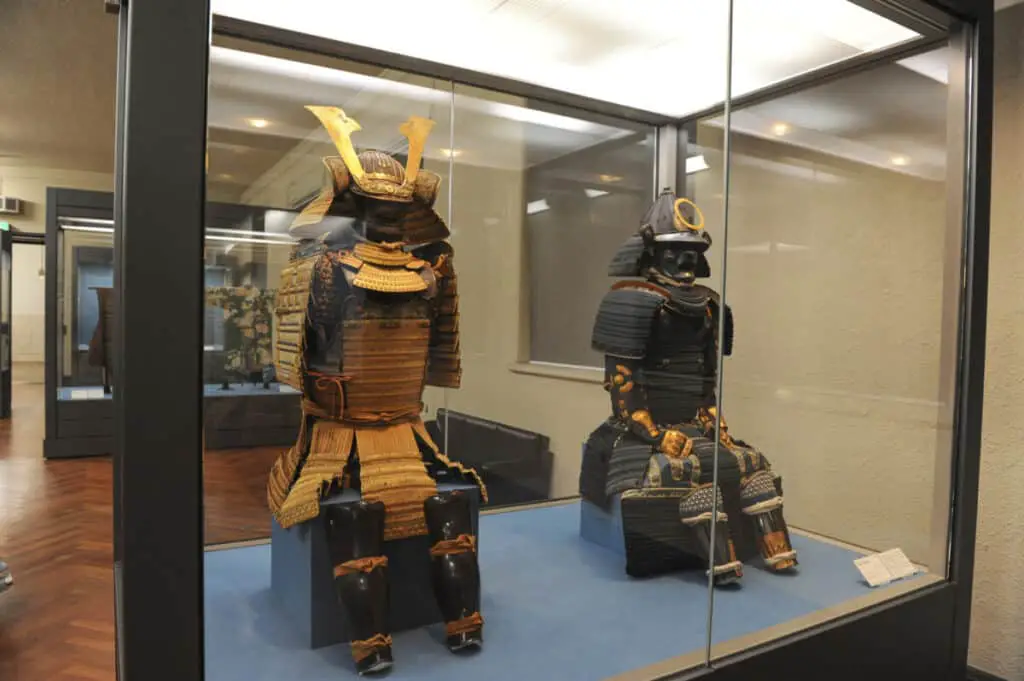
The samurai, in contrast to the ninja, battled openly and with rituals in place. The ninja was viewed as dishonorable due to their use of surprise attacks, the lack of decorum, and the secretive nature of their battles.
How to experience the ninja today
Although the ninja enjoys many a place in modern tv and film there are some ways to experience the true culture and history of the ninja rather than the modern romantic version of the ninja.
Naturally, the best place to go in order to appreciate this history is the birthplace of the ninjas themselves, either Iga or Koka. Here you will be able to see buildings still standing that housed ninjas or were used as training schools for ninjutsu.
Explore the ninja today in Japan:
Koka ninja house official website
Koka Ninja Village official website
Iga Ninja Museum official website
Togakure Ninpo Museum official website
Ninjadera The Ninja Temple official website
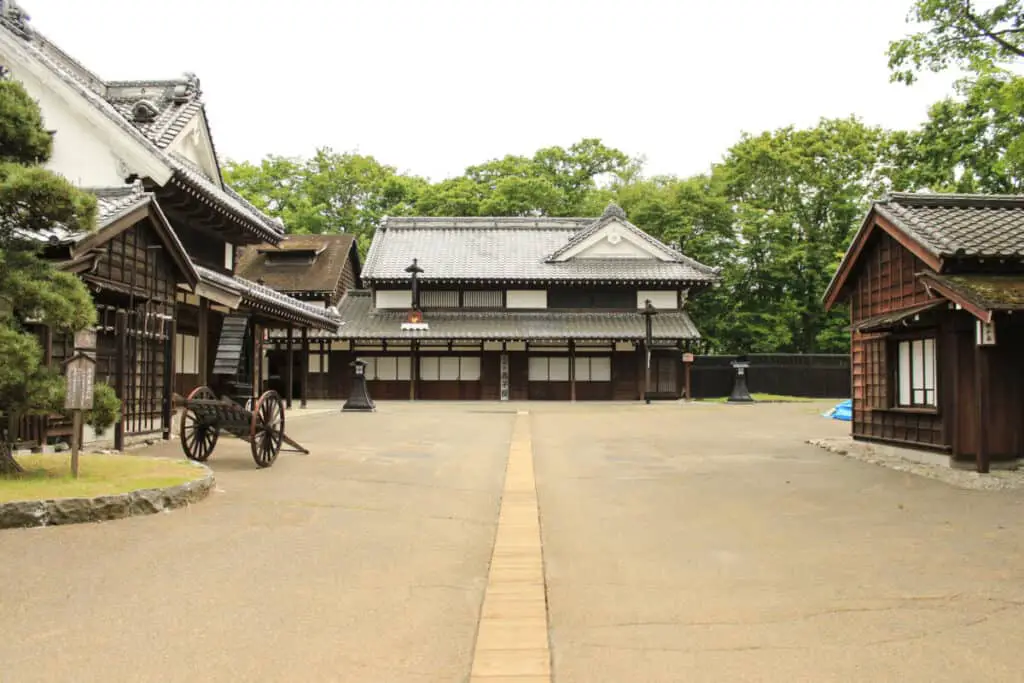
Some have even been turned into museums to showcase the training grounds as well as weapons and tools used in the trade. These places are home to authentic tools and can help to shed some insight into how ninjas lived, went about their lives, and how significant of a role these more isolated areas played in helping to cultivate the secrecy of the ninja.
Of course, you can turn to more modernized ways to enjoy the figure of the ninja. Although not always completely accurate some movie and tv adaptations of the lives of ninjas can help to give us a glimpse into the ways of the ninja and how their skills and secrecy in life helped them to win fights against their enemies.
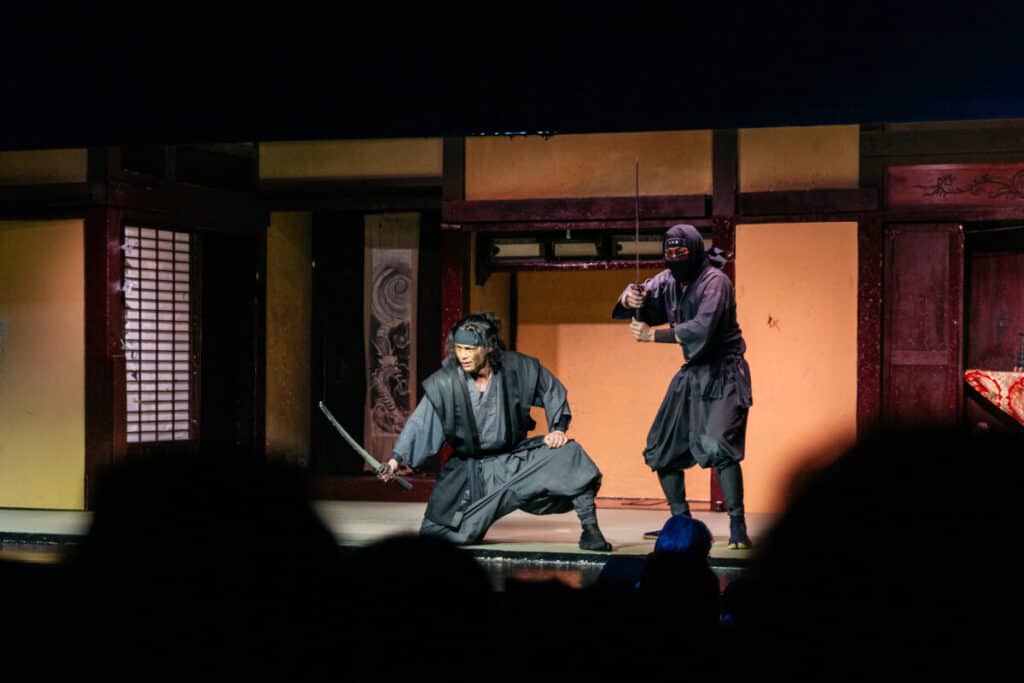
Final Thoughts
The view of the ninja can generally be divided into two groups: the real and the romanticized. Generally what we see in modern times on the screen is not an accurate representation of the real historical ninja. However, the little that is known about real ninjas are in part due to the necessity of secrecy surrounding their occupation.
The history of ninjas is a fascinating topic and one that has intrigued historians for years. The secretive ways of the ninja mean that they are a lesser-known group than the honorable samurais. This has led to a romanticized version of them developing in popular culture over the years, with film adaptations creating a more modern view.
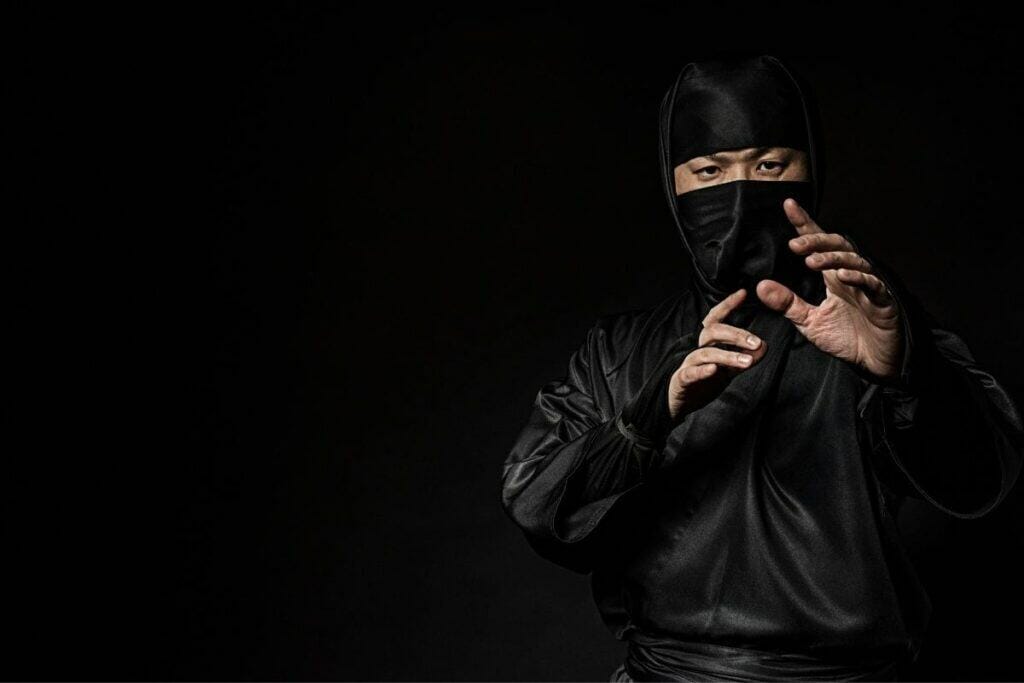
However, it is still possible to experience some of the history of real ninjas today. This can be done by visiting the provinces of the original ninjas and viewing their villages, homes, their weapons, and even by understanding and learning from their methods of warfare such as arson, specialized weaponry, and stealth attacks.

